Who are the famous explorers who mysteriously disappeared?
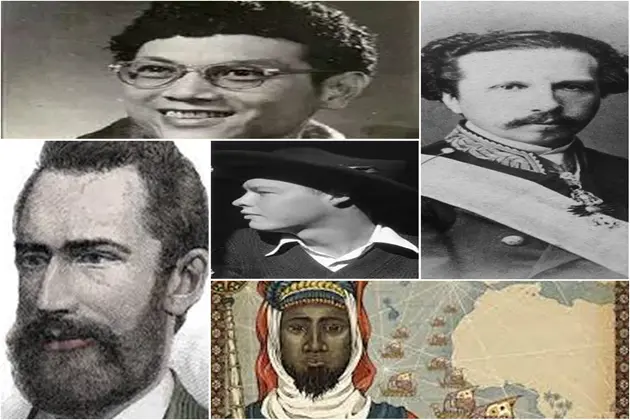
Being an explorer or a pioneer means having the courage to take a route that has never been taken by anyone else. Throughout history, such people have existed.
Some have been driven by pragmatism, by the desire to make a name or make money, while others have been driven by romance, which has the power of a thousand of the most coveted promises.
There is another important distinction. Some made a triumphant comeback, making it into news reports and the pages of textbooks, while others disappeared without a trace.
5 famous explorers who mysteriously disappeared
1. Abubakar II
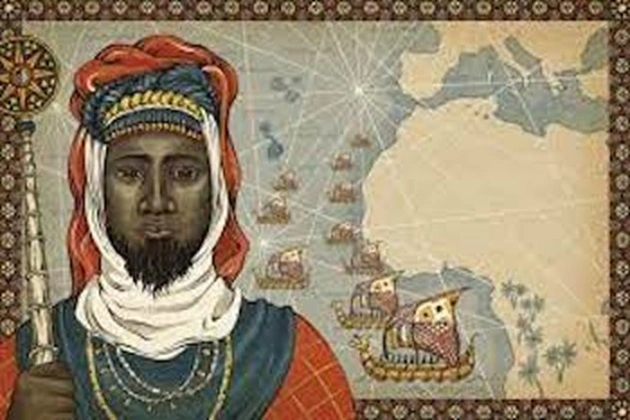
When Abubakar II ascended to the throne in 1310, he had a distinct perspective on his calling. He harbored an ambitious desire to open the ocean’s western boundary, a feat that many deemed impossible.
The emperor, endowed with near limitless power, set about assembling an unparalleled navy. Information varies; some sources mention dozens of ships, while others mention hundreds or even 2,000. In any case, the emperor even gave up his throne in order to embark on this important mission.
The majority of the ships were built to carry provisions, fresh water, and gifts in case they encountered uncharted territory with unidentified inhabitants.
This story stirred up the region, and some of today’s researchers believe that Abubakar II may have discovered America long before Columbus. There is no direct evidence for this, however. Other historians suggest that his abdication and quick disappearance seem somehow too convenient for his successor, from whom we know about the incredible expedition.
Nothing of the kind happened at all, for history is written by the victors. On the other hand, the name of the ruler could have been simply crossed out or blackened, but that did not happen either.
2. Everett Ruess
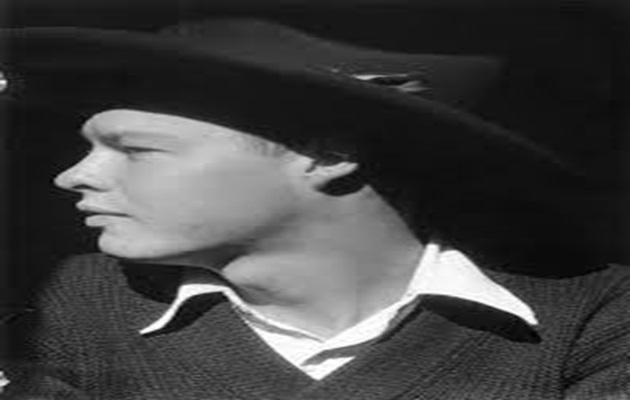
The wild and untamed expanses of the Southwestern United States have always inspired writers, artists, and poets. They have also attracted explorers and adventurers. Already at the age of 16, Everett Ruess chose his path.
The young poet and adventurer said he preferred a saddle to a tram and a star-spangled sky to any roof. His choice was the most complex and overgrown path instead of the hard surface of the tarmac.
For several years, he traveled through remote areas of Arizona, Colorado, New Mexico, and Utah. He made money from selling his own paintings.
The last time a handsome drifter (as he was described by witnesses) was seen near Davis Gulch Canyon was in November 1934.
The young man was leading two donkeys toward the river. Soon, even the occasional communication via letters sent from isolated stations disappeared.
Relatives sounded the alarm four months later, but no trace of Rüss was ever found. In 2009, National Geographic announced that the mystery of Rüss had been solved.
In the Utah desert, they found remains believed to be those of the traveler. Analysis showed that the man had been killed by several members of the Nuchi people.
However, subsequent DNA testing disproved the speculation. In one of his last letters, Everett Ruess asked the world to remember that he was starving, exhausted, burned, and blinded by the sun, but he managed to keep his dream alive.
3. Ludwig Leichhardt
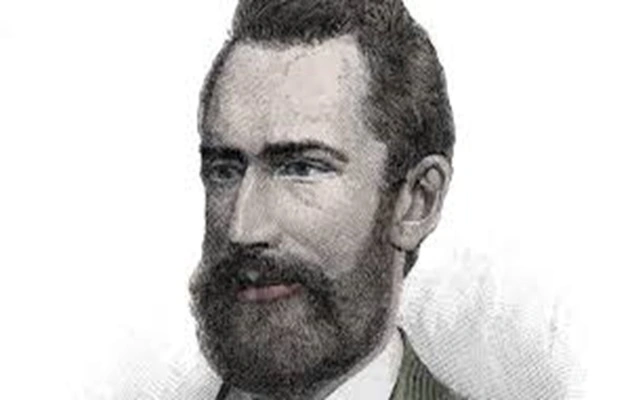
Ludwig Leichhardt, who was born in Prussia in 1813, spent his entire life learning languages, philosophy, and the natural sciences. He was already well-known as an adventurer by the time he was 28 and had gone to Sydney to start his journey across Australia’s interior.
It should be mentioned that not much has been learned about this continent up to this point. Though aerial photography has left us with maps, modern humans have never set foot in many of these locations. The goal of the daring journey was to traverse Australia from east to west. The explorer vanished into thin air somewhere in this vastness.
According to rumors spread by locals, the entire group was killed by members of one of the tribes. According to another version, they drowned while crossing the Barca River. That’s where the last message came from. The expedition was to last three years, and the first search operations started too late.
However, they continued for more than 15 years. They managed to find several marks on trees – the scratched letter L indicated that Ludwig had traveled at least a third of the way.
In 1900, the owner of a remote ranch found a copper plate with the inscription Ludwig Leichhardt 1848. However, the artifact was soon lost again.
The authenticity of the artifact was only established in 2006 when historians were able to reconstruct the route taken. It is assumed that the group perished somewhere in the Lake Gregory area, but no other evidence has ever been found.
4. Francisco de Asis
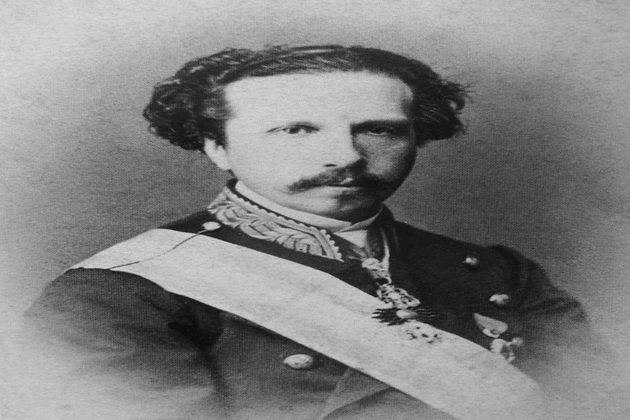
In 1525, the captain of the Spanish ship San Lesmes intended to follow Magellan’s route across the tip of South America to the Pacific Ocean. This section is still considered quite dangerous, but crossing it at the time remained something near-mythical.
No one knew precisely how far Tierra del Fuego stretched, and detailed maps of the strait did not exist. Caught in a terrible storm, Asis had to seek shelter in one of the many bays.
His ship separated from the rest of the expedition and was carried away towards Antarctica, which had not yet been discovered. However, in a few days, the captain caught up with the rest of the ships, and the icy continent remained waiting for its time.
The second storm caught up with the expedition on its way out of the Strait of Magellan – this time San Lesmes disappeared from sight forever. Until 1975, this story was hardly remembered, but one day, three Spanish cannons of the XVI century were found on the Amanu Atoll near Tahiti.
Perhaps they were guns from the ship San Lesmes. In any case, no other assumptions based on historical facts could be put forward. Modern researchers speculate that the cannons were simply discarded to ease the passage of the ship, which could have been damaged in a storm.
It is not known how long Francisco de Asis wandered between the endless islands and how far he managed to get, but some credit him with discovering New Zealand, where traces of Spanish culture have inexplicably emerged.
5. Peng Jiamu

China’s Lop Desert has a reputation as one of the country’s most inaccessible and dangerous places. This attracted the brilliant biochemist Peng Jiamu, whose curiosity and thirst for discovery outweighed any potential risks.
For thousands of years, the desert had been at the bottom of a lake that had dried up after a dam was built. Now, unique sediments were on the surface, and new species of animals were quickly adapting to the changes. This led Peng Jiamu to give up continuing his studies abroad and become a member of the expedition in 1964.
The scientists spent the next few years in extreme weather conditions. The unbearable heat and quicksand killed hundreds of equally brave and strong men. This was known to all group members, and therefore, Pan had to fight not only with nature but also with his comrades’ doubts.
During the research process, a lot of valuable information was obtained, but Mao’s Cultural Revolution came. Further research had to be postponed until 1980.
‘Science is when you walk down a road not traveled by others.’ This was Peng Jiamu’s way of encouraging the new expedition, which was suffering from a water shortage on the fifth day. When the situation became critical, Peng left the camp hoping to find the source but never returned.
The sudden disappearance of the famous biochemist shocked the scientific community in China. Several search operations were unsuccessful, although from time to time, human remains are found in the desert. Who knows, maybe one day Peng will be found.




